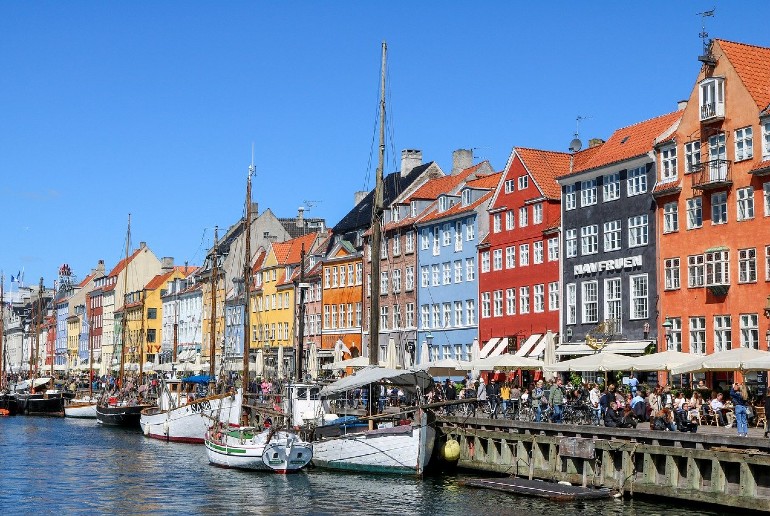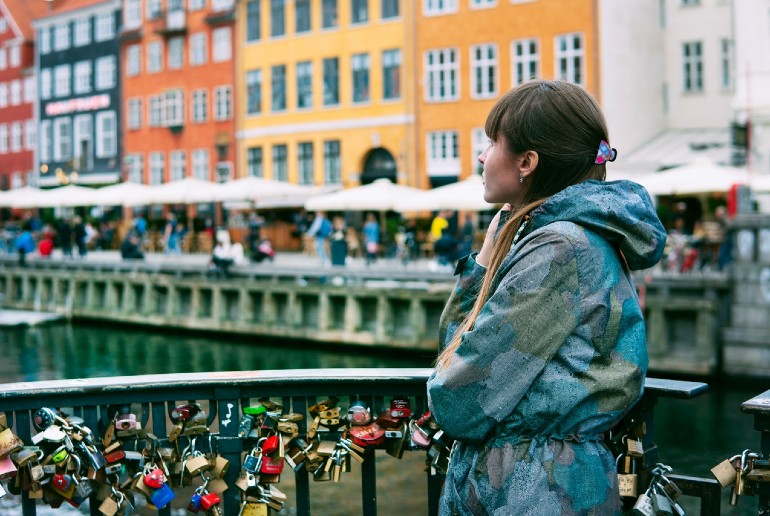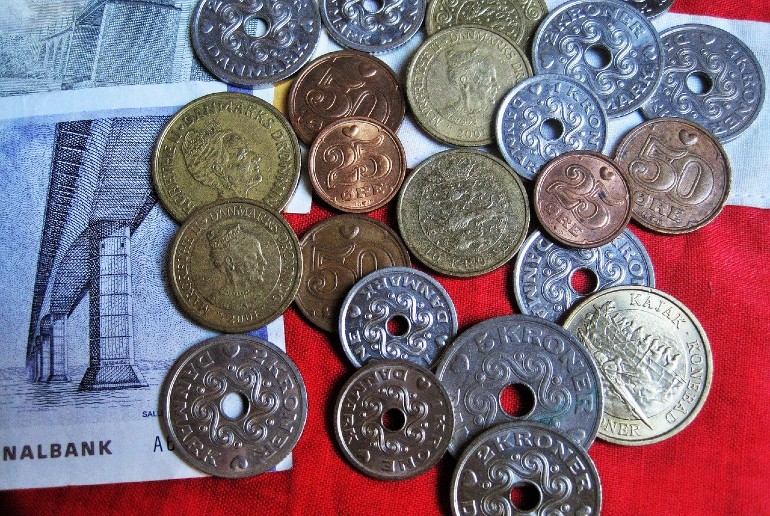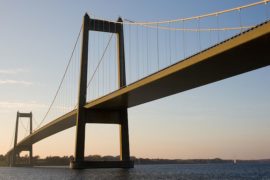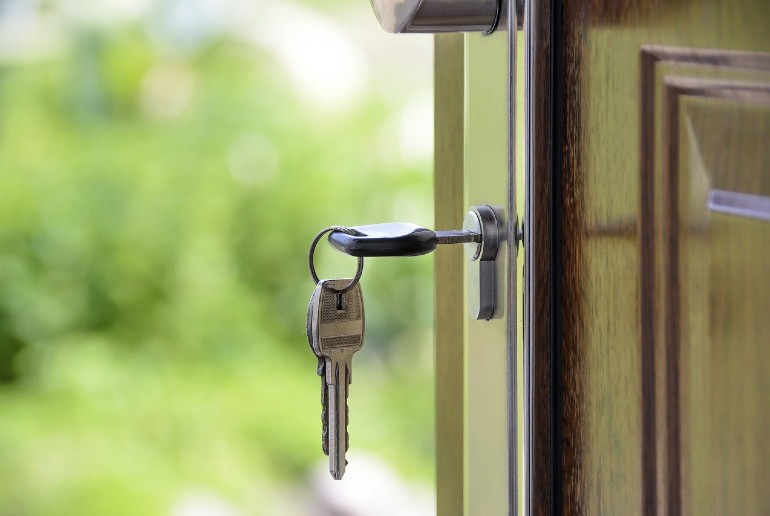Denmark, a small country of just under 6 million people, is located in northwest Europe. Consisting of a peninsula and a collection of 443 islands, Denmark shares its only land border with Germany to the south.
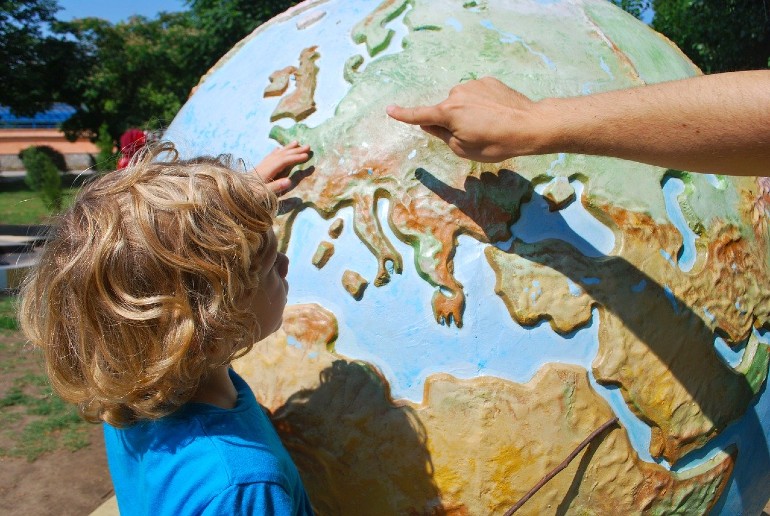
Norway and Sweden sit across a strait to the north and northeast of Denmark, respectively. Though Denmark and Sweden don’t share a land border, you can travel between them via the 8 km long Øresund bridge spanning the Øresund strait.
Denmark, Norway, and Sweden make up a region in northern Europe called Scandinavia (sometimes also including Finland, Iceland, and the Faroe Islands, depending on who you ask). These countries are tightly linked, with many commonalities in their history, language, food, and culture.
Denmark has long been an important player in European politics. It was a founding member of NATO and has frequently played a leading role in European Union governing bodies, despite its sometimes reluctant membership.
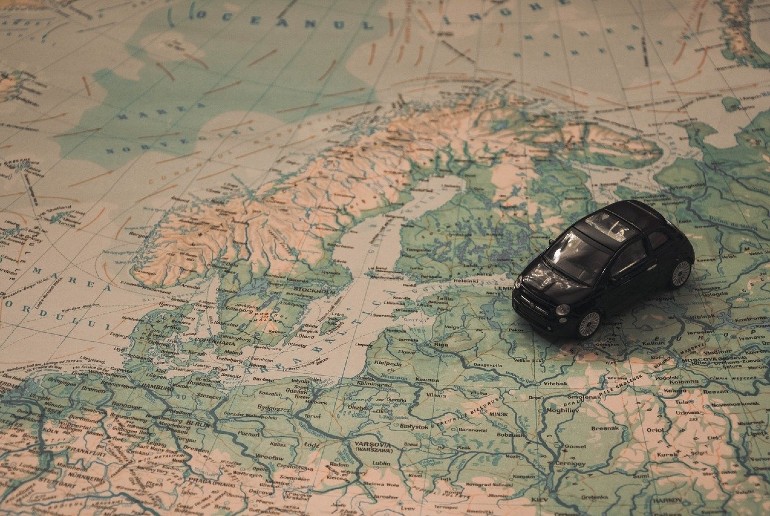
So yes, politically and geographically, Denmark is very much a part of Europe.
EU Referendum
Denmark became a member of the European Economic Community (the predecessor to the EU) in 1972 after its citizens voted in favor of a referendum to join.
When another vote to further solidify the rules of the EU took place in 1992, however, Denmark didn’t ratify the measure until it allowed the country to opt out of certain aspects of the legislation.
These opt outs represent an attitude of “Euroskepticism.” Danes aren’t on board with completely identifying as a European Union member and prefer to maintain an identity as Danish over European.
Support for the EU has varied within Denmark, with some political parties supporting completely leaving the union. In recent years, however, Danish support for the EU has been trending upward even as other member counties consider leaving.
Is Denmark in the Euro?
Denmark does not use the Euro. One of the official opt outs from EU legislation includes maintaining use of the Danish Krone instead of switching to the Euro.
What about Greenland?
For much of its history, Greenland has been ruled by Denmark. These days, the world’s largest island has more of its own governing power and is considered an autonomous territory within the Kingdom of Denmark.
Geographically, Greenland is located in North America, but politically, it has long been connected to Europe due to settlement by Norway and later Denmark.
Despite Denmark’s membership in the EU, Greenland is not part of the union. The territory was briefly included in the European Economic Community, before Greenlanders voted to fully opt-out in 1985.
While Greenland is not currently a member of the EU, its continued political ties to Denmark mean Greenlanders are eligible for EU citizenship.


